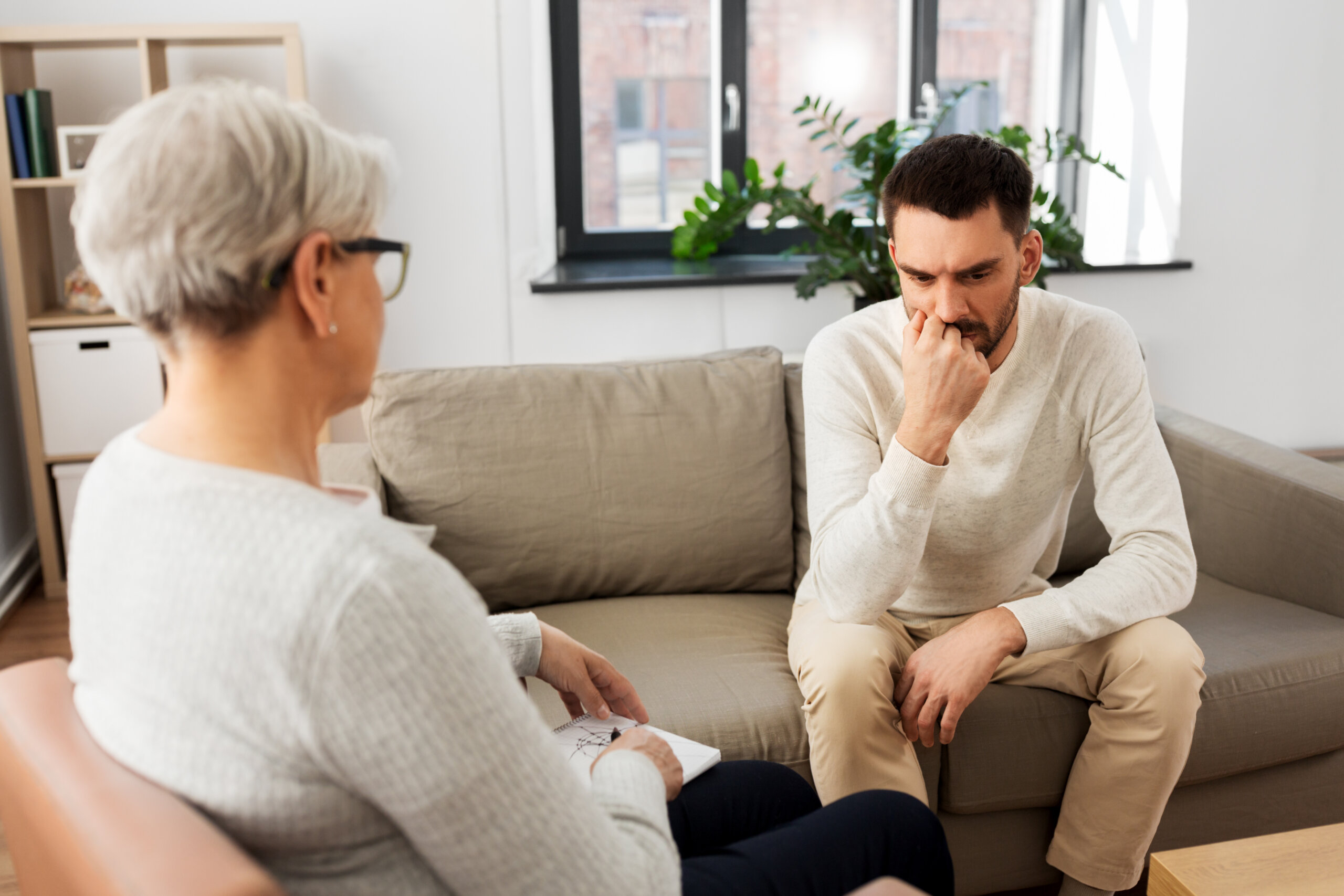Hi friends,
Happy Sunday 🙂
Full disclosure – this was a stressful week for me, and unfortunately anxiety poked its ugly head out again.

I’ve shared my journey with anxiety with many of you before but anxiety is something that I’ve been experiencing on and off since college. Over the years I’ve become much better at recognizing when anxiety starts to creep in so that I can nip it in the bud before it gets worse.
I’ve developed numerous strategies to help ease the thoughts and feelings associated with anxiety – and I’ve already begun enacting them this week which has helped tremendously.
I share this with you all for two reasons:
- Many of you experience anxiety too. And I want to let you know that you are not alone. And yes, even though I’m a doctor who treats anxiety as my literal job, I experience it too. Anxiety doesn’t give me a free pass because I’m a doctor.
- Today, I’m going to walk you through evidence-based techniques that I use (and that I discuss with my patients), in hopes that it can help you on your journey to improve your relationship with anxiety.
Understanding Anxiety
Anxiety is an adaptive response to stress. 10,000 years ago when a Saber-toothed tiger came into your cave, feeling anxious allowed you to react fast, grab your sharp stick, and poke the cat in the eye to save your tribe.

Anxiety can be protective.
The thing is… there are no more Saber-toothed tigers trying to eat us. What was once protective, has now become a pain.
Anxiety becomes a problem when it becomes overwhelming or disproportionate to the situation, and can interfere with daily functioning and well-being. Anxiety Disorders are actually one of the most common mental health disorders, with an estimated 31.1% of U.S. adults experiencing an anxiety disorder in their lives. That’s essentially 1 in 3 people. If that’s you, you are NOT alone.
It’s essential to recognize the signs of anxiety (such as racing thoughts, restlessness, muscle tension, and rapid heartbeat) so that we can implement timely interventions.
Evidence-Based Strategies for Reducing Anxiety
1. Deep Breathing Exercises: Deep breathing techniques, such as diaphragmatic breathing (where the stomach, rather than the chest, moves with each breath) or box breathing (see below), activate the body’s relaxation response, calming the nervous system and reducing anxiety symptoms. I try to do breathing exercises once or twice during the day when I notice that I’m feeling particularly overwhelmed.
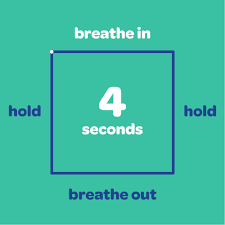
2. Progressive Muscle Relaxation (PMR): PMR involves tensing and then relaxing different muscle groups in a systematic manner. This practice promotes physical relaxation, easing tension associated with anxiety. Start from your toes and work your way up to your head, tensing and releasing each muscle group. I personally don’t use this, but there’s some strong data supporting its use in reducing anxiety and depression and I teach it to some of my patients.
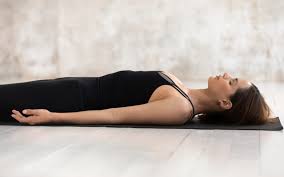
3. Mindfulness Meditation: Meditation cultivates present-moment awareness without judgment. It allows us to focus on our breath, sensations in our body, or the sounds around us instead of focusing on anxiety itself. There’s an ENORMOUS amount of data showing that mindfulness practices reduce anxiety in the short and long term. Last week, I shared with you all my experience with meditation, and I’ve personally ramped up my practice by an extra 5 minutes a day during this time.
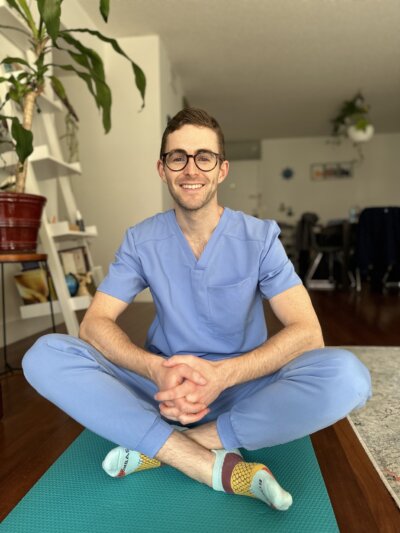
4. Grounding Techniques: Grounding techniques help anchor you to the present reality during moments of intense anxiety or panic. Try the 5-4-3-2-1 method, where you identify and name five things you see, four things you touch, three things you hear, two things you smell, and one thing you taste. I teach this technique to some of my patients who experience panic attacks and many tell me that it works!
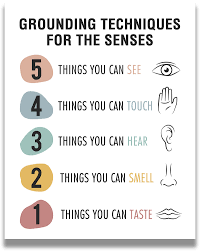
5. Cognitive Behavioral Techniques (CBT): CBT strategies challenge and reframe negative thought patterns associated with anxiety and identify irrational thoughts and replace them with realistic, balanced thoughts. I haven’t been in therapy the last few months but it’s time to resume. I scheduled a session for next week.
6. Physical Activity: Regular exercise, such as walking, yoga, or sports, releases endorphins and reduces stress hormones like cortisol. Exercise is one of the best strategies that we know to reduce anxiety.
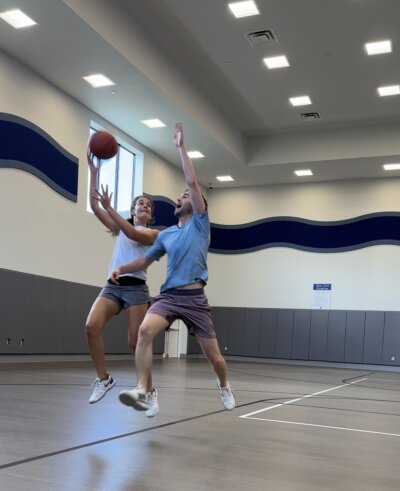
7. Medication: As a psychiatry doctor, I often prescribe medication to help relieve symptoms of anxiety disorders. In general, many people will show improvement on medication, however this can and should only be done with the direct supervision of a physician, as it’s critical to evaluate benefits, risks, and possible side effects of medications. I’ll do a breakdown of medications that are approved for the treatment of anxiety in a future newsletter.
Closing Thoughts
Anxiety sucks. And for anyone out there experiencing an anxiety disorder, it’s not your fault, and you are not alone. Most importantly, please know that anxiety disorders are treatable. I’ve personally treated hundreds of people with different anxiety disorders throughout my training and I’ve seen people improve and live balanced and healthy lives.
Remember, managing anxiety is a journey that involves experimentation and finding what works best for you.
Keep your head up. One day at a time. One moment at a time. I’m proud of you.
See you next week. Thank you for being here.
Jake
For more information and resources on anxiety disorders:
This Week’s Media Highlights
1. This month on socials: Why is it so important to wear a helmet? Check it out here.
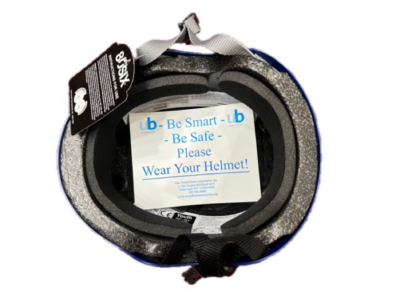
2. What to watch: The Mind, Explained
Ever wonder what’s happening inside your head? From dreaming to anxiety disorders, discover how your brain works with this illuminating series.
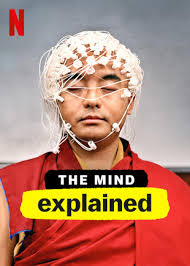
3. Mental Health IRL (in real life): The University of Hawaii at Manoa’s College of Tropical Agriculture and Human Resources (CTAHR) won an award for its Seeds of Wellbeing (SOW) program, which supports mental health in the agricultural industry. The program, developed after a study revealed high stress and depression rates among Hawaii’s farmers, offers workshops, educational materials, and mentorship to promote wellbeing and manage stress. Read more here.
Sources:
Any Anxiety Disorder
An overview of statistics for anxiety disorders. Combined, anxiety disorders are the most common mental disorders in the United States.
www.nimh.nih.gov/health/statistics/any-anxiety-disorder
Mind and Body Approaches for Stress and Anxiety: What the Science Says
Several mind and body approaches, including relaxation techniques, yoga, tai chi, and meditation may be useful for managing symptoms of stress in your patients.
www.nccih.nih.gov/health/providers/digest/mind-and-body-approaches-for-stress-science
Disclaimer: These emails do not assume a doctor-patient relationship, and my information is not intended to substitute for medical advice. I offer science-backed educational information aimed at empowering you to live your best life. Always consult your personal doctor before starting any treatment.
You Are Not Alone
For you or a loved one to be diagnosed with a brain or mental health-related illness or disorder is overwhelming, and leads to a quest for support and answers to important questions. UBA has built a safe, caring and compassionate community for you to share your journey, connect with others in similar situations, learn about breakthroughs, and to simply find comfort.

Make a Donation, Make a Difference
We have a close relationship with researchers working on an array of brain and mental health-related issues and disorders. We keep abreast with cutting-edge research projects and fund those with the greatest insight and promise. Please donate generously today; help make a difference for your loved ones, now and in their future.
The United Brain Association – No Mind Left Behind


